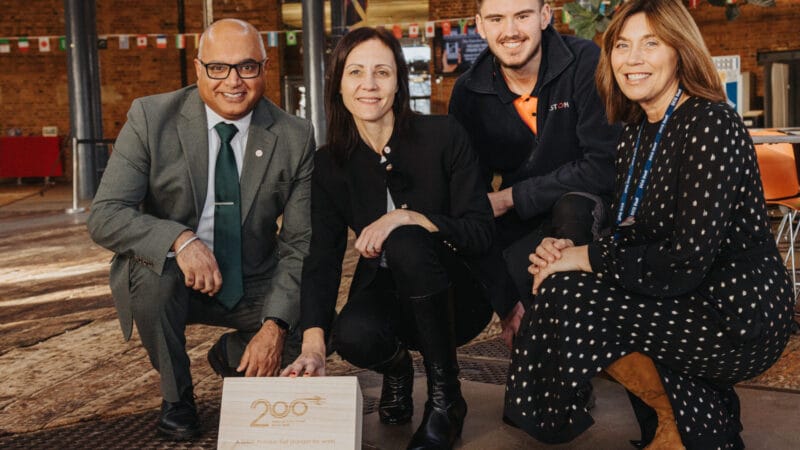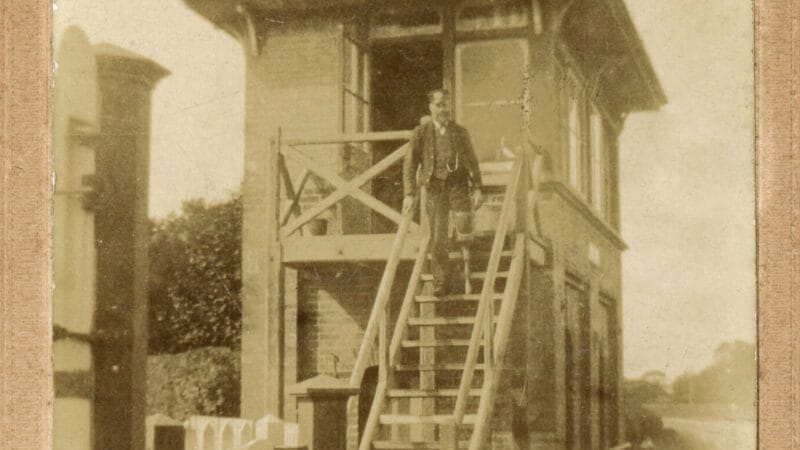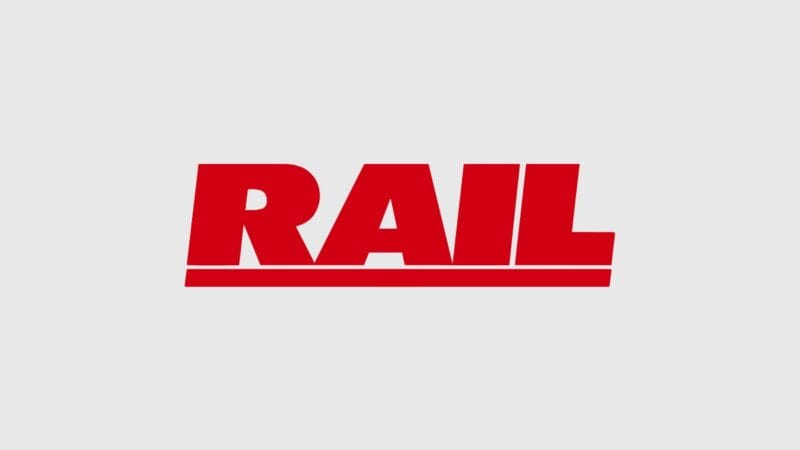First published in Rail Magazine
Andy Lord is Commissioner of Transport for London
This is a special year for transport, with two major milestones being marked. Across the country, people are celebrating 200 years since the start of the modern railway. At the same time, Transport for London (TfL) is marking 25 years since it was created to unify the capital’s buses, trains, Tube and more into one integrated transport network. These anniversaries highlight how rail has transformed lives in London and beyond.
While the first railways predate the Underground, our predecessors helped shape modern rail travel, starting with the world’s first underground railway in 1863 – a journey from Paddington to Farringdon Street on the Metropolitan Railway. It revolutionised travel in London, easing congestion and becoming part of daily life.
In 1890, the City & South London Railway became the world’s first deep-level electric Tube railway, paving the way for innovations such as the Victoria Line, which introduced Automatic Train Operation (a system that built the foundation for TfL’s future operations). Over the decades, women took on key roles, thousands sheltered in Tube stations during the Second World War, the Victoria Line opened in the late 1960s, and the Piccadilly Line was extended to Heathrow in 1977.
In 1999, the Jubilee Line extension to Stratford opened, helping to regenerate the Docklands and east London. It worked alongside the Docklands Light Railway, which similarly spurred on the regeneration of the area, connected people to the wider transport network, and was the first of its kind with driverless trains. London’s approach became a global model. Cities around the world (including in Japan, Russia and the US) developed underground systems inspired by the Tube’s design. And bringing together all the different transport modes in London into one integrated network in 2000 enabled a strategic approach that continues today, ensuring a more holistic approach to growth and investment.
As the city evolved, so did the railway. In 2010, the first air-conditioned, fully walkthrough Underground trains were introduced on the Metropolitan Line, enhancing comfort and accessibility.
In 2016, TfL launched the Night Tube, offering 24-hour weekend service on key lines and supporting safer, more affordable late-night travel.
The following year, London Overground Night services began, adding links through areas such as Shoreditch and New Cross Gate. Today, the Overground is a vital part of London’s rail network, with its lines recently named to honour the communities they serve and to improve navigation. In 2021, the Northern Line was extended to Nine Elms and Battersea Power Station – the first major Tube extension of the 21st century, improving access to growing areas and supporting new homes and jobs. The Elizabeth line followed in 2022. The most significant addition to London’s transport system in generations, spanning more than 100km (62 miles) across London, it increased rail capacity in the capital by 10% (the largest boost in over 70 years).
In 2025, we are also celebrating the 25th anniversary of the London Tram network, which provides travel in the southernmost parts of the city. While it dates to 1861, the modern tram network launched in 2000 and today it is fully electric, with step-free access. With London’s growing population, teams across TfL have led a major programme to modernise ageing infrastructure over the past 25 years.
But the Tube is more than just transport – it’s a London icon. From the red roundel and Johnston typeface to the Tube map, its visual identity is world-famous. Even moquette (the distinctive seat fabric) is part of that story. Customers are at the heart of everything we do, and while Oyster and contactless payments make people’s journeys smoother, we have also added creative and cultural elements to the network. The London Transport Museum in Covent Garden charts 200 years of innovation and invites visitors to explore the future of transport.
And for 25 years, Art on the Underground has commissioned site-specific works, including murals at Brixton Tube station. Poems from Laureates line train carriages, gardens grow in station corners, and licensed buskers perform to millions of passengers. It’s imperative that everyone benefits from public transport, and accessibility and inclusion are central to TfL’s mission.
In 2010, King’s Cross St Pancras gained step-free access in time for the 2012 Olympic and Paralympic Games. In 2023, TfL launched Equity in Motion, a customer inclusion plan with over 80 actions to improve comfort, safety, accessibility and design. And recently, a step-free entrance opened at Knightsbridge station, moving us closer to the Mayor’s goal of making 50% of the Tube step-free by 2030.
As we celebrate 25 years across the organisation, we’re also reflecting on the wider legacy of transformation: how investment in transport has shaped London’s growth, created jobs and homes, and connected communities. A special silver roundel and artist-designed posters mark this moment, honouring the achievements of the past quarter-century.
Looking ahead, upgrades continue. New energy-efficient, walk-through, air-conditioned trains are coming to the Piccadilly Line, while the DLR will welcome a modern fleet with greater comfort, capacity and accessibility. Meanwhile, the Museum’s Future Engineers gallery explores changing technologies, and the Enjoyment to Employment programme helps young people explore careers in transport. The recently secured long-term funding for capital investment into new trains and better signalling will also allow TfL to create a pipeline of sustainable investment, which will have a hugely positive impact on suppliers, supporting jobs and economic growth across the country.
 Andy Lord
Andy Lord

